Medical mould injection molding, a key technology in the plastics processing field, is widely used in compression, extrusion, injection, blow molding, and low-foam molding processes. It consists primarily of a variable cavity female mold composed of a female mold combination base plate, female mold components, and a female mold combination clamping plate, as well as a variable core male mold comprising a male mold combination base plate, male mold components, a male mold combination clamping plate, a cavity cutoff component, and a side cutoff plate. The coordinated changes of the male and female molds, along with the auxiliary molding system, allow for the processing of a series of plastic parts with different shapes and sizes. In the plastics processing industry, medical mould injection molding serves as a crucial tool that pairs with plastic molding machines to give plastic products their complete shape and dimensions.
With the rapid development of the plastics industry and the continuous improvement of general and engineering plastics in terms of strength, the application scope of plastic products is expanding, and their usage is also increasing.
Medical mould injection molding is a highly specialized tool for plastic product molding. It is cleverly composed of multiple sets of precision parts with an internal molding cavity. During the injection molding process, the mold is precisely installed on the injection molding machine. Molten plastic is injected into the cavity, where it cools and solidifies. Then, the upper and lower molds separate, and the product is ejected from the cavity through an ejection system. Subsequently, the mold closes quickly, preparing for the next injection cycle. The entire process is efficient and orderly.

Generally, medical mould injection molding consists of two core components: a movable mold and a fixed mold. The movable mold is flexibly mounted on the moving template of the injection molding machine, while the fixed mold is securely attached to the fixed template. During injection molding, the movable and fixed molds closely fit together, forming a complete gating system and cavity. When the mold opens, they elegantly separate, facilitating the easy removal of plastic products.
Although the specific structure of the mold may vary due to differences in plastic types, properties, plastic product shapes, structures, and injection machine types, its basic structure remains consistent. The mold is mainly composed of four parts: a gating system, a temperature regulation system, molding parts, and structural parts. Among them, the gating system and molding parts, which directly contact the plastic, change according to the plastic material and product requirements. They are the most complex and variable parts of the mold, requiring high processing finish and precision.
The gating system serves as the pathway for plastic to flow from the nozzle into the cavity, encompassing components such as the main runner, cold slug well, sub-runners, and gates. The molding parts, responsible for shaping the product, include the movable mold, fixed mold, cavity, core, molding rods, and vents, all working together to ensure precise molding of plastic products.
Driven by advanced technology and the urgent demands of pillar industries, China's medical mould injection molding has gradually established a vast industrial chain. From upstream raw material industries, processing, and testing equipment to downstream applications in machinery, automobiles, motorcycles, home appliances, electronic communications, building materials, and more, medical mould injection molding is thriving, leading the innovative development trend in the plastics processing industry.
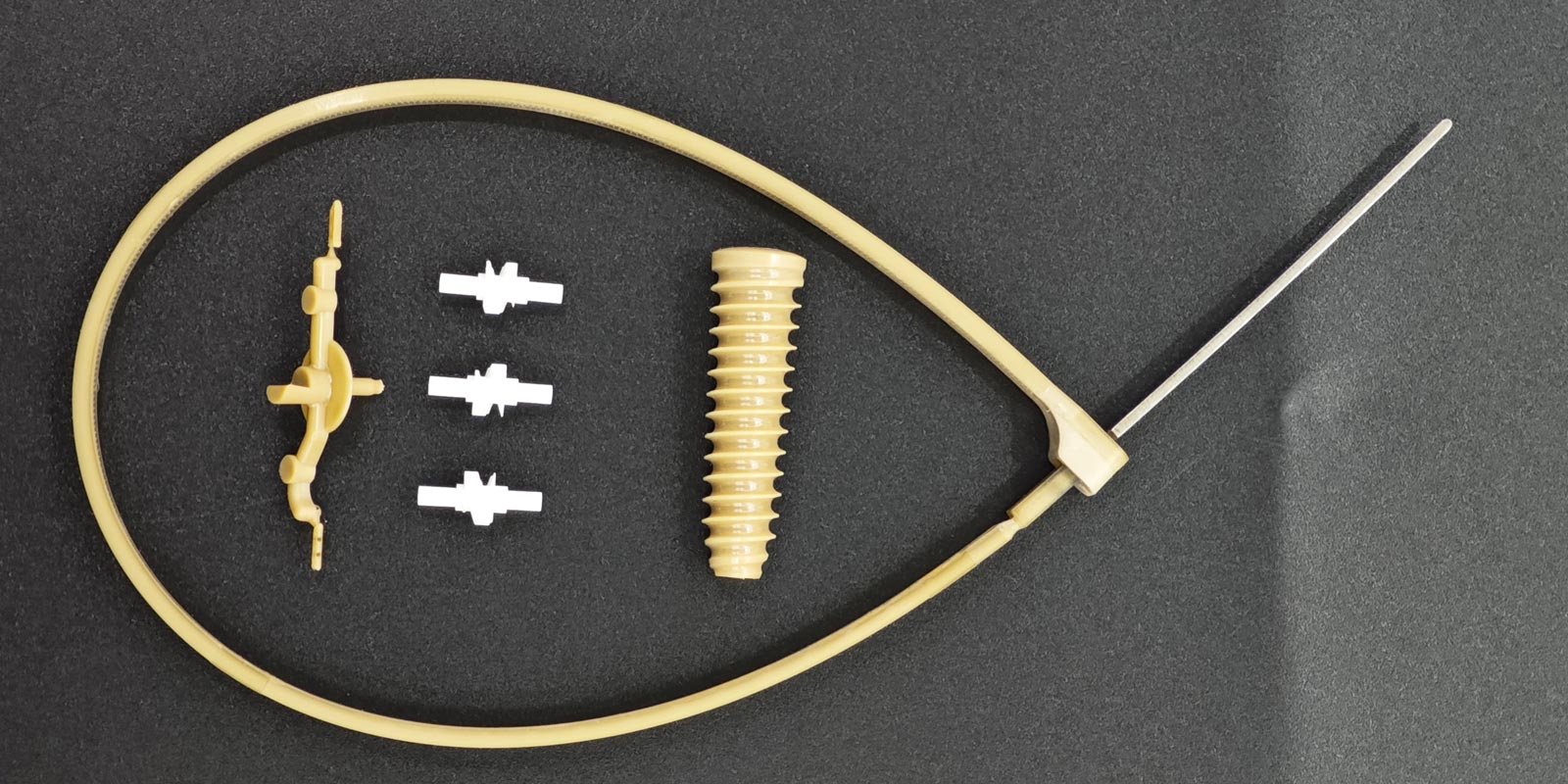
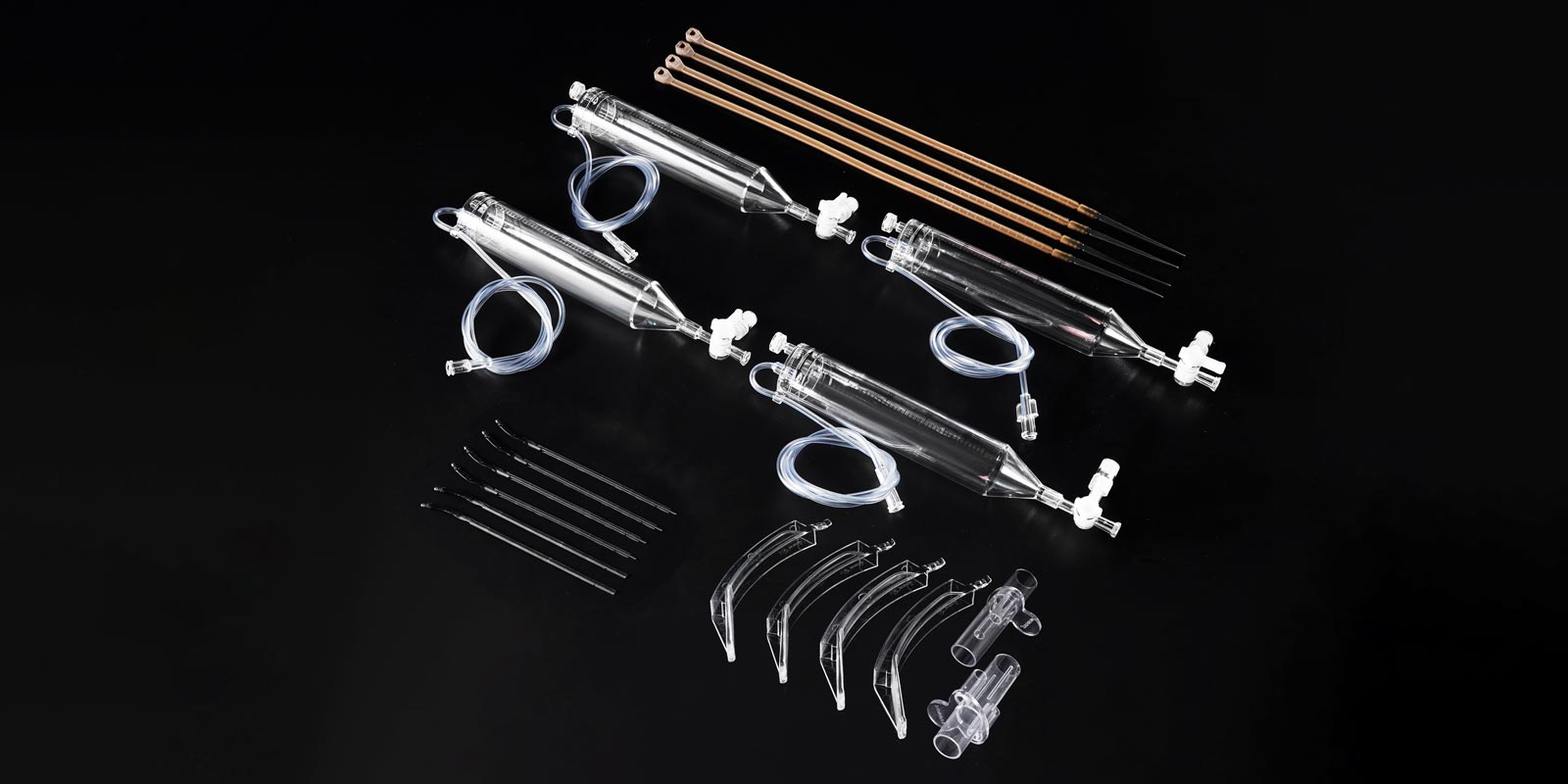
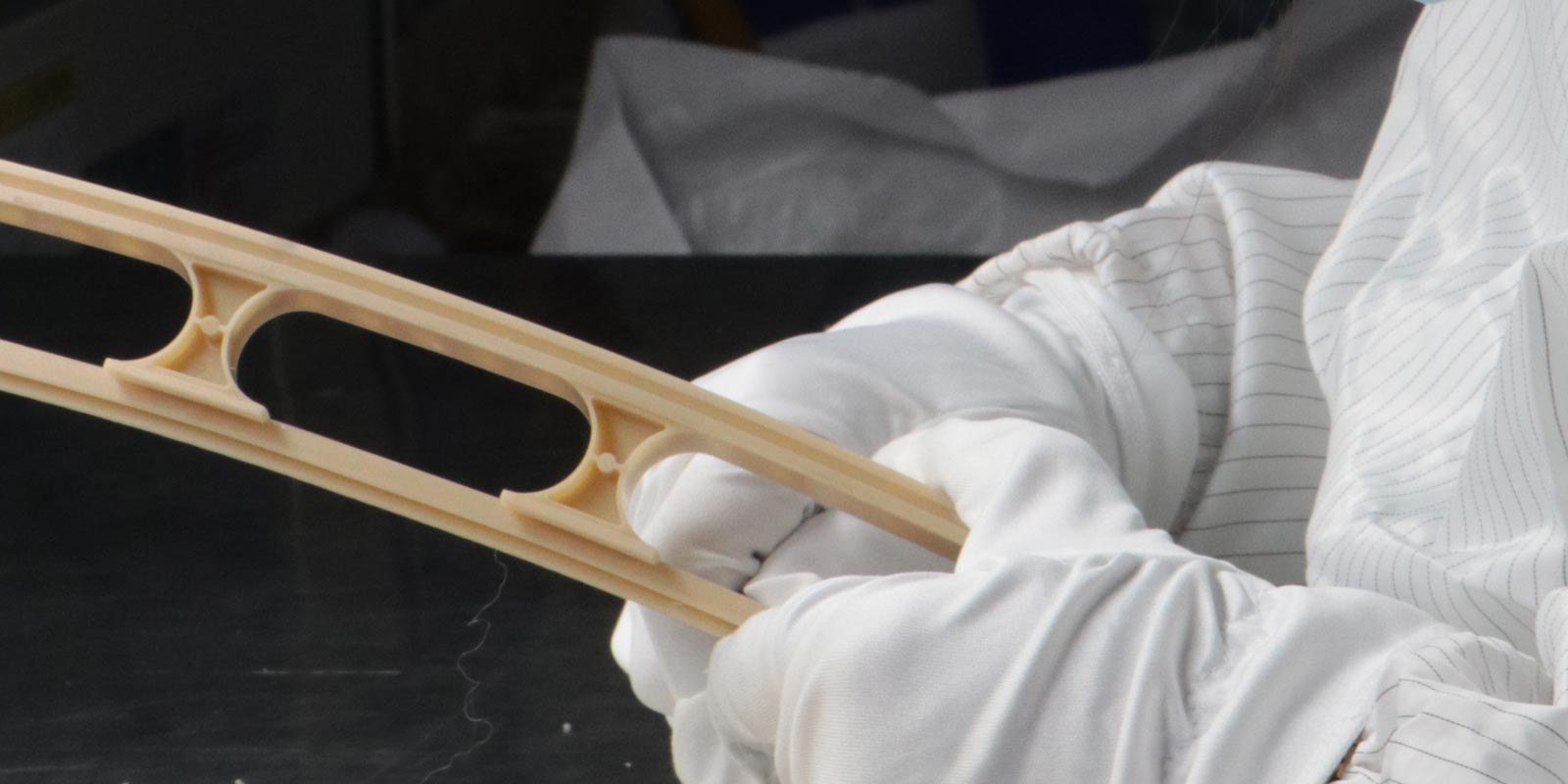
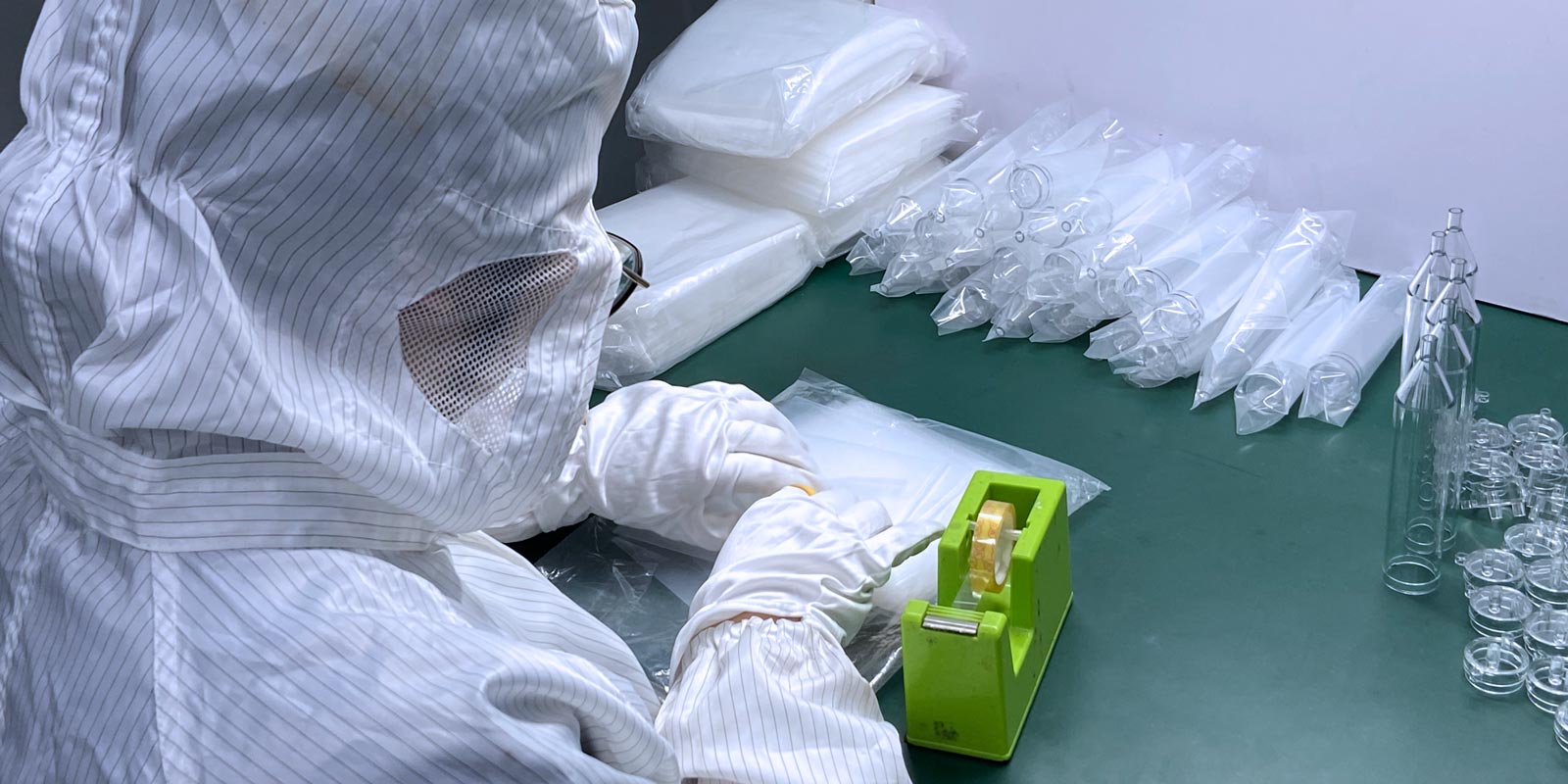
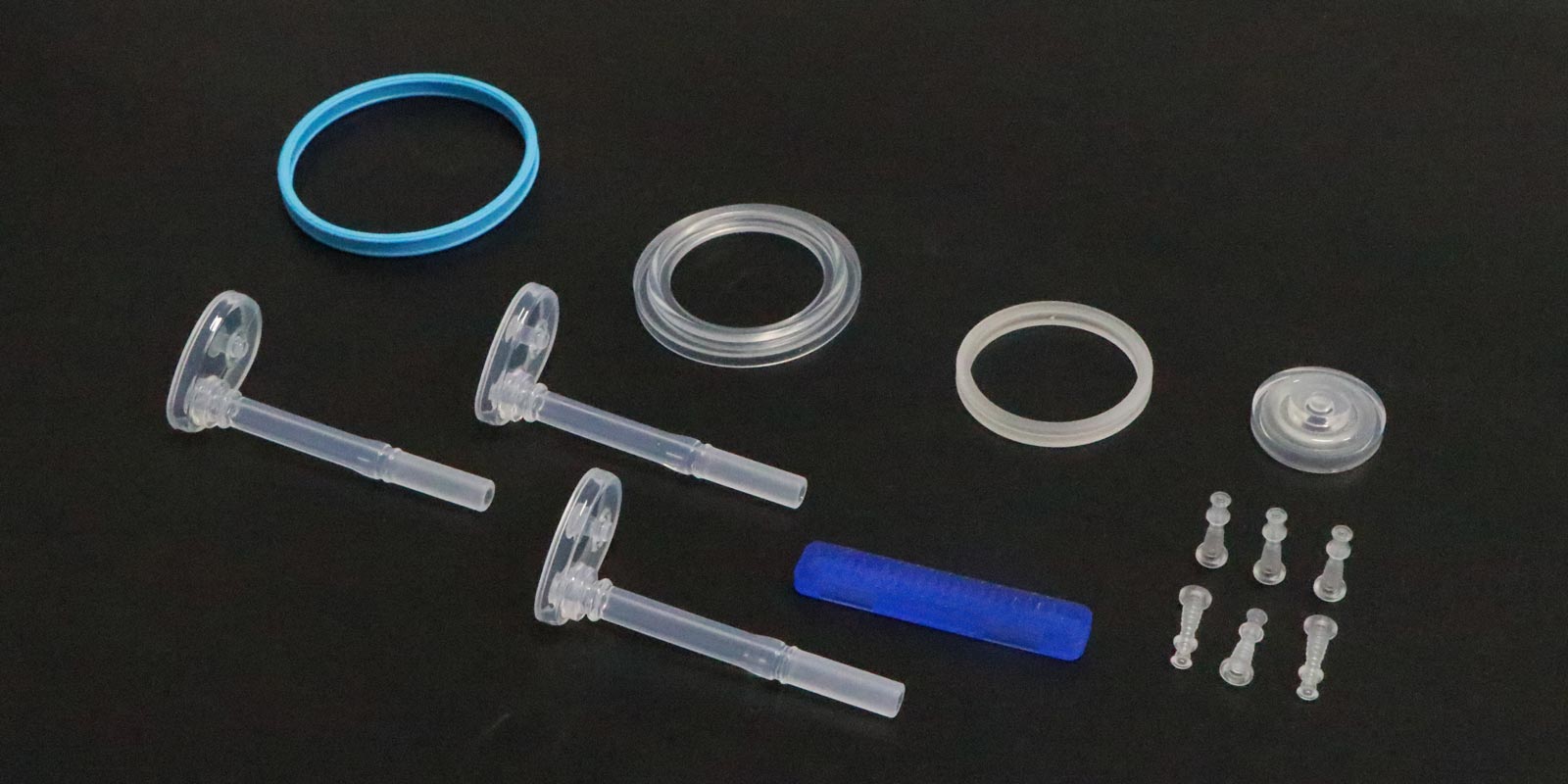











 Home
Home
